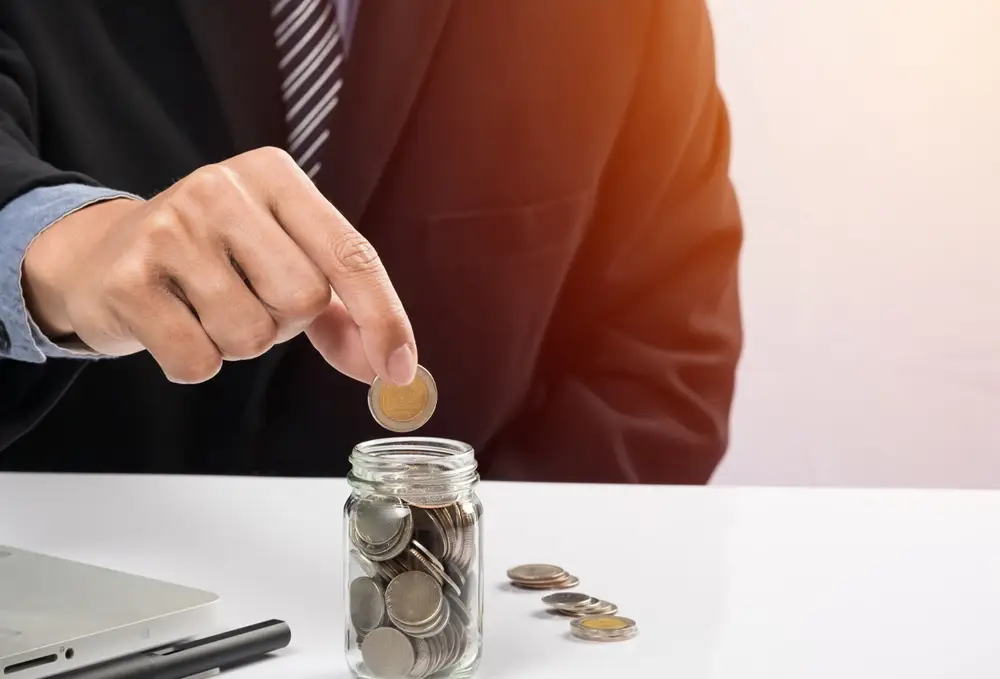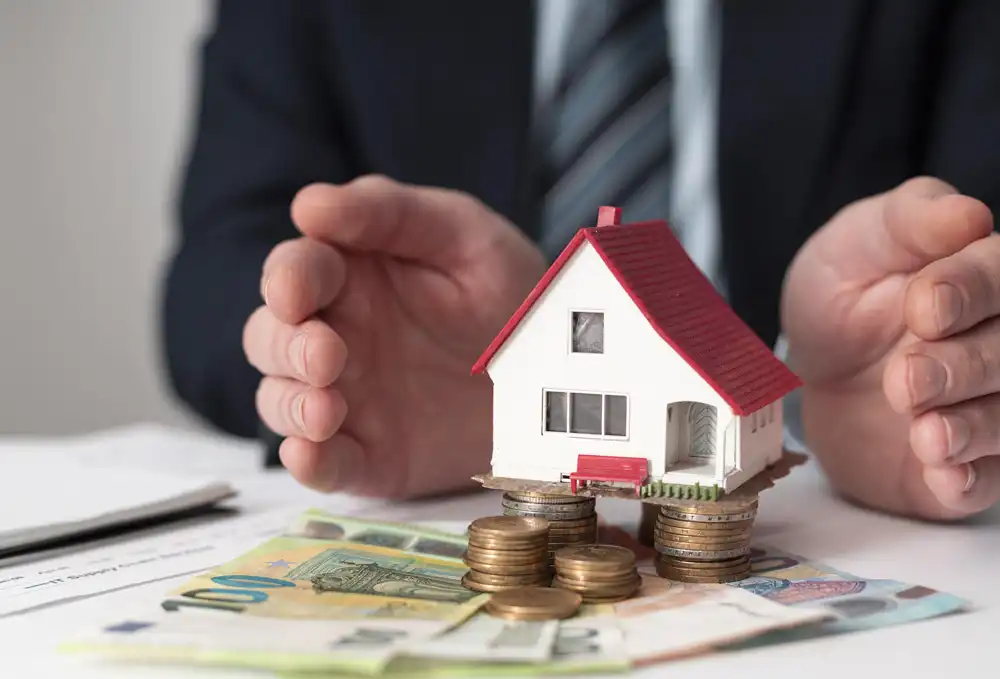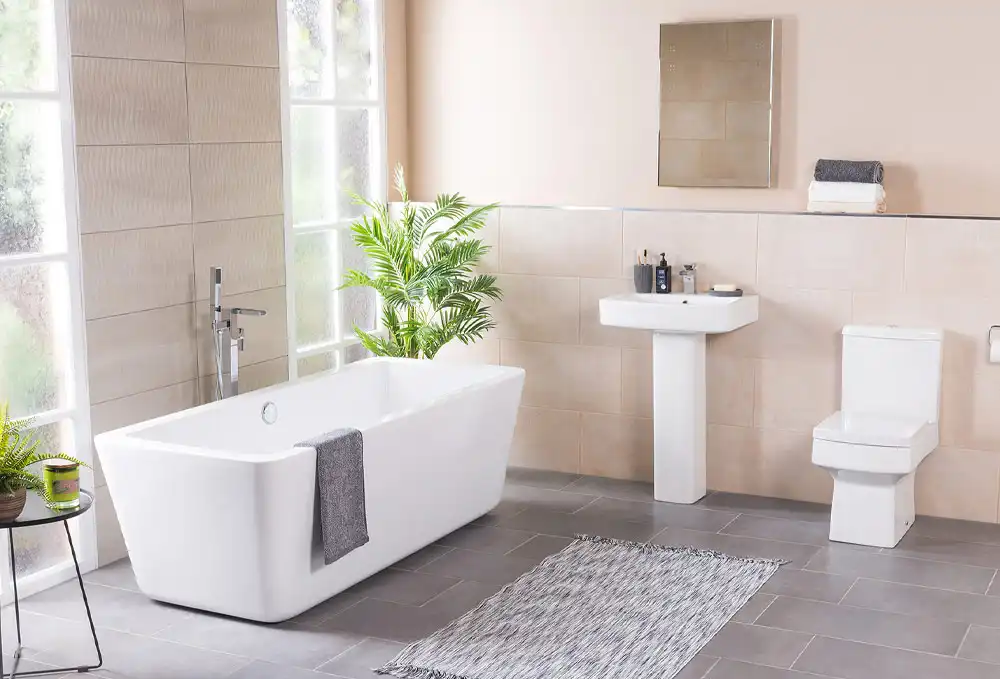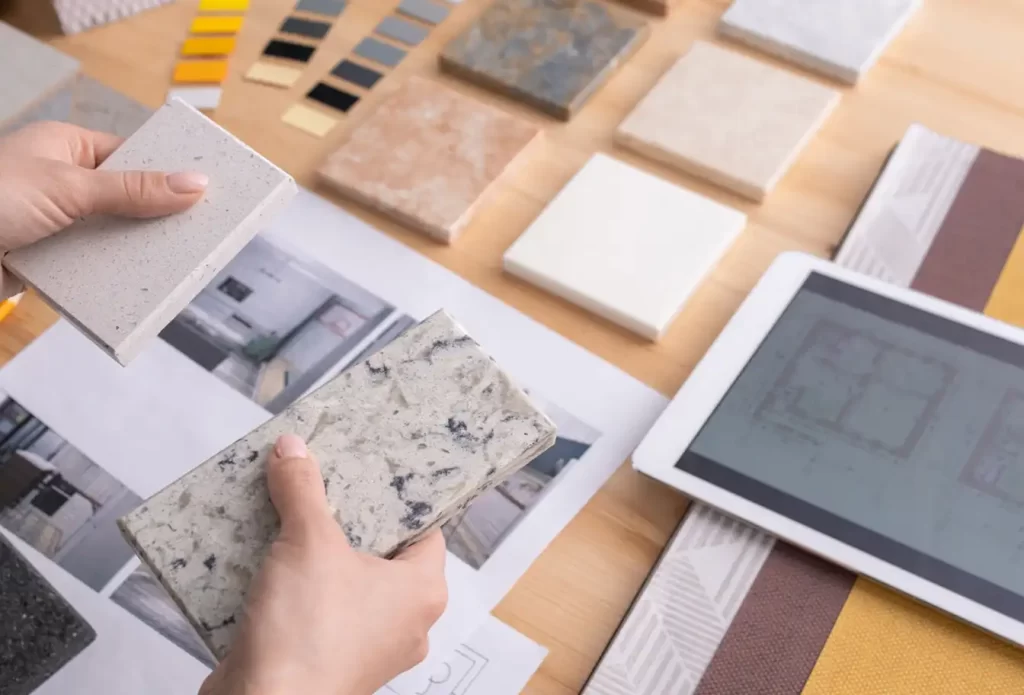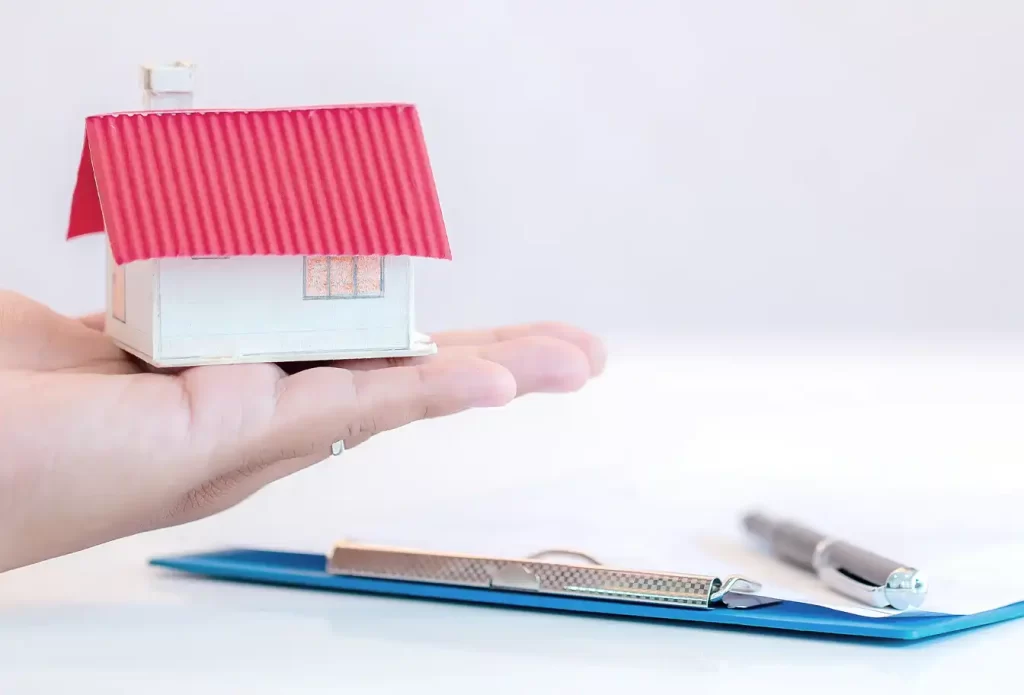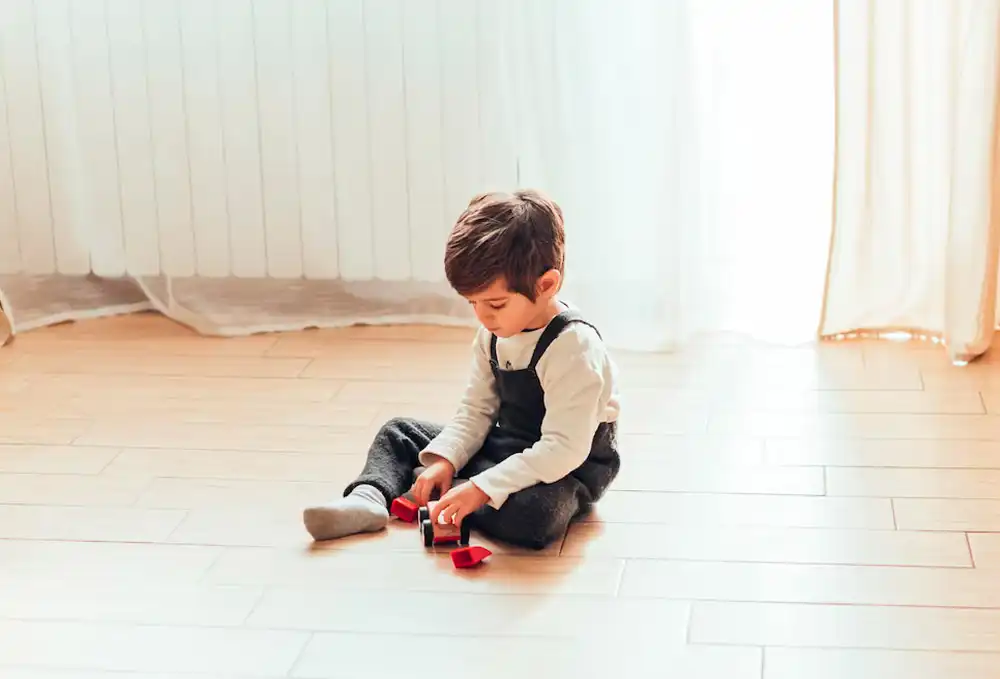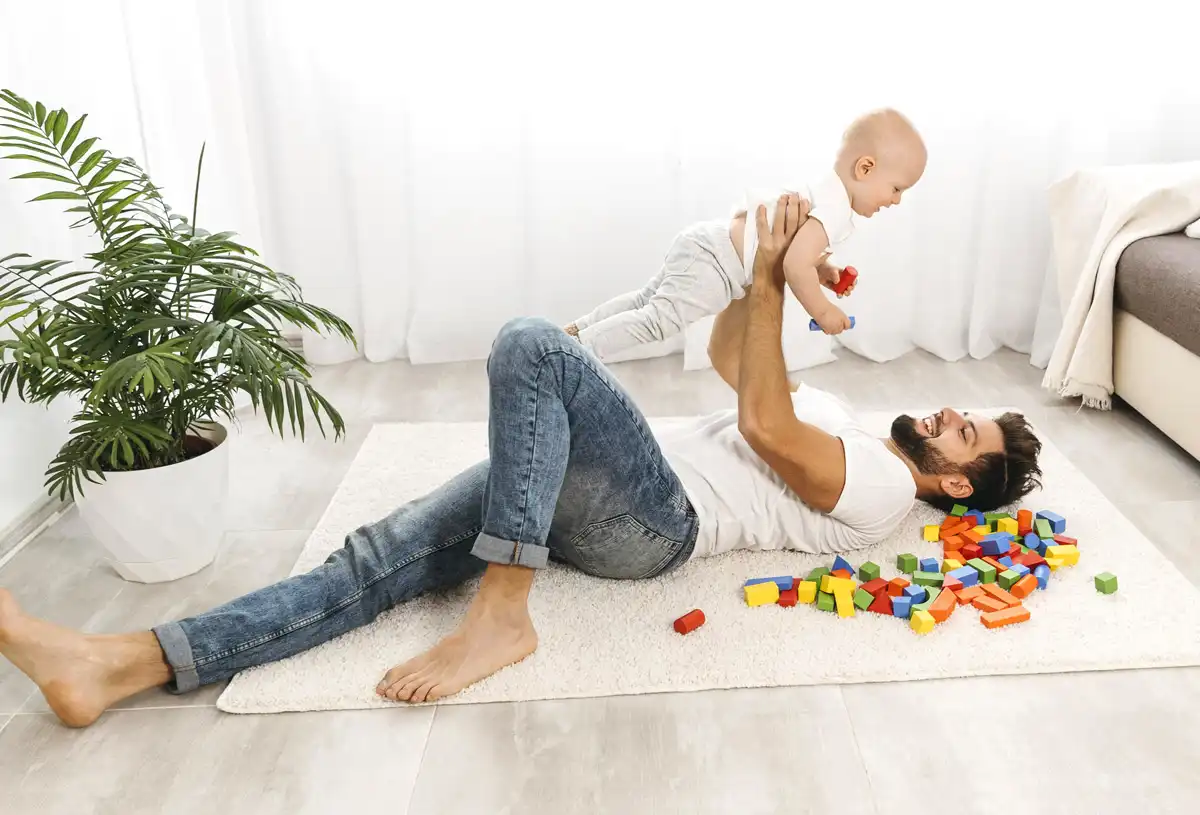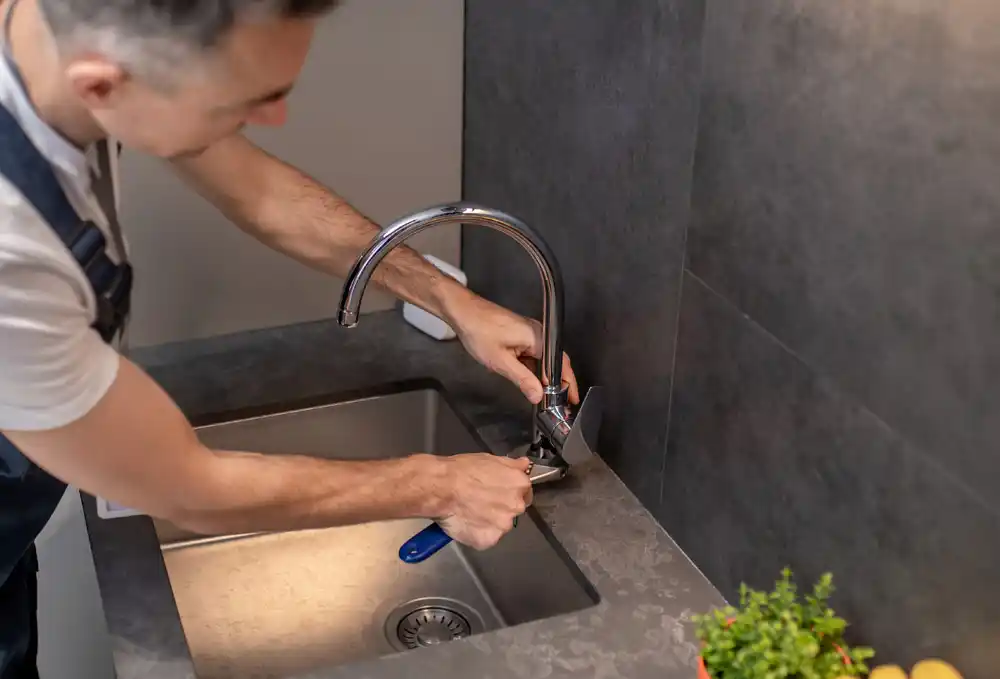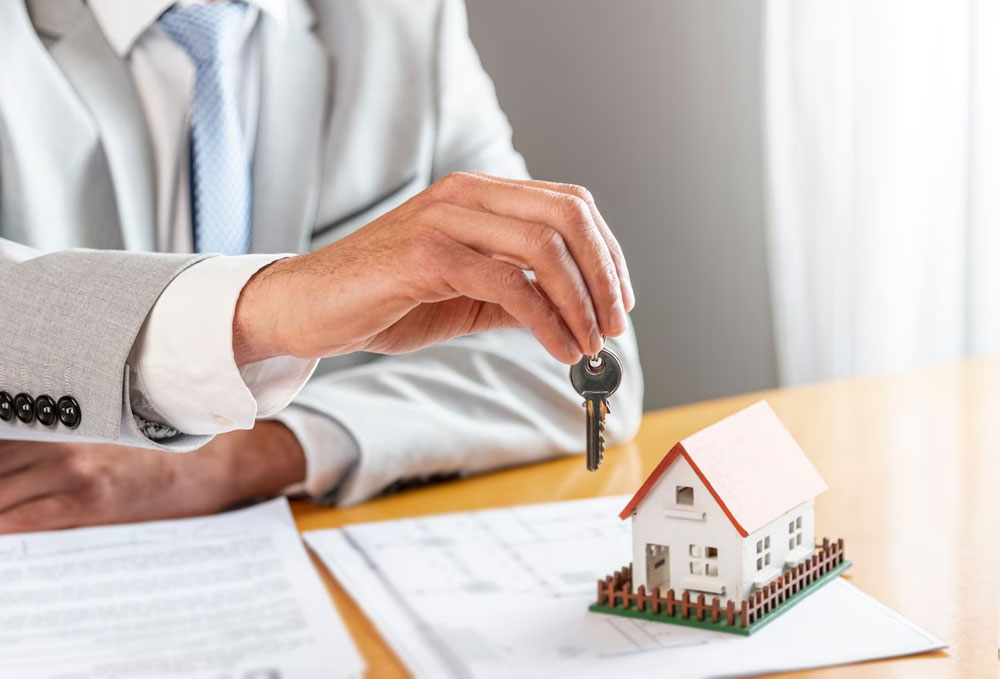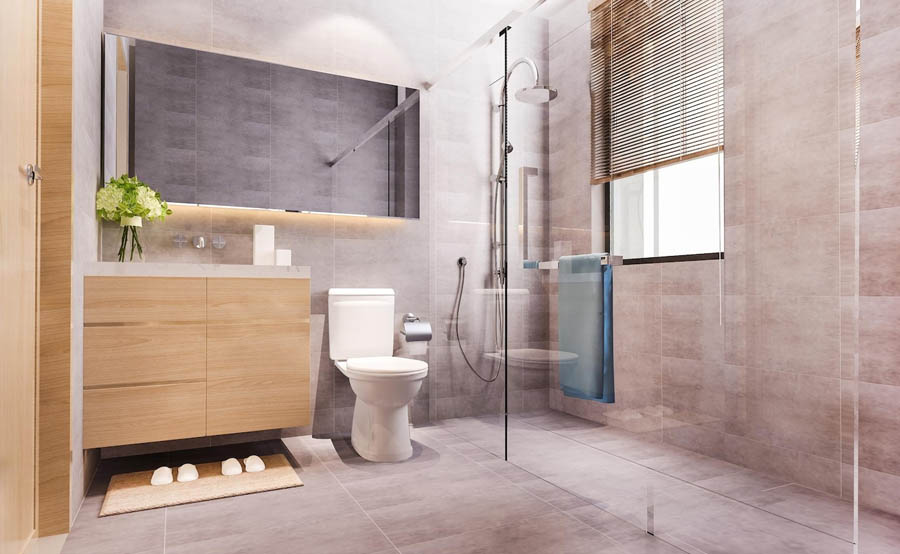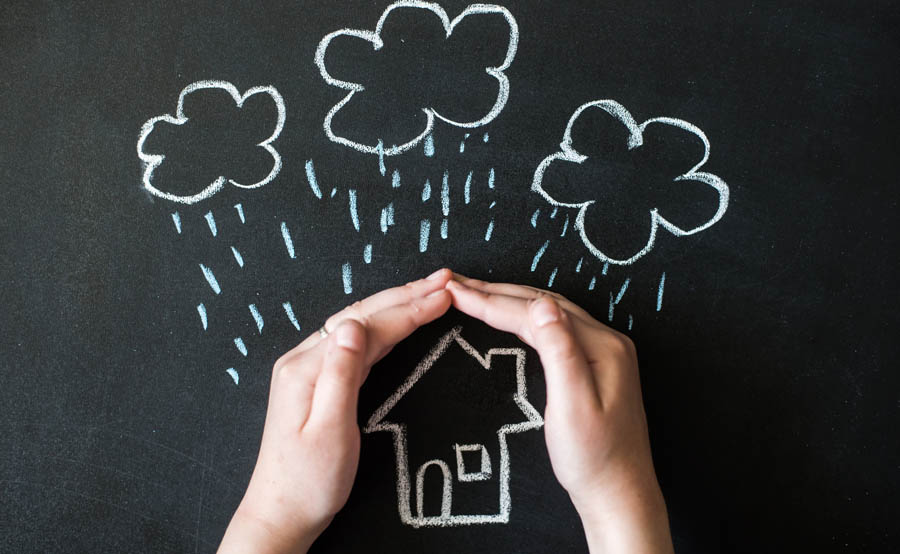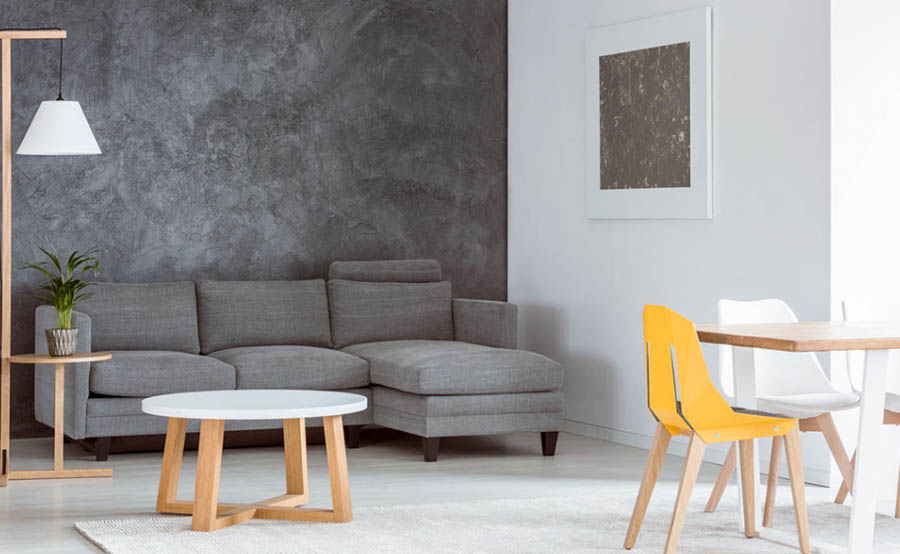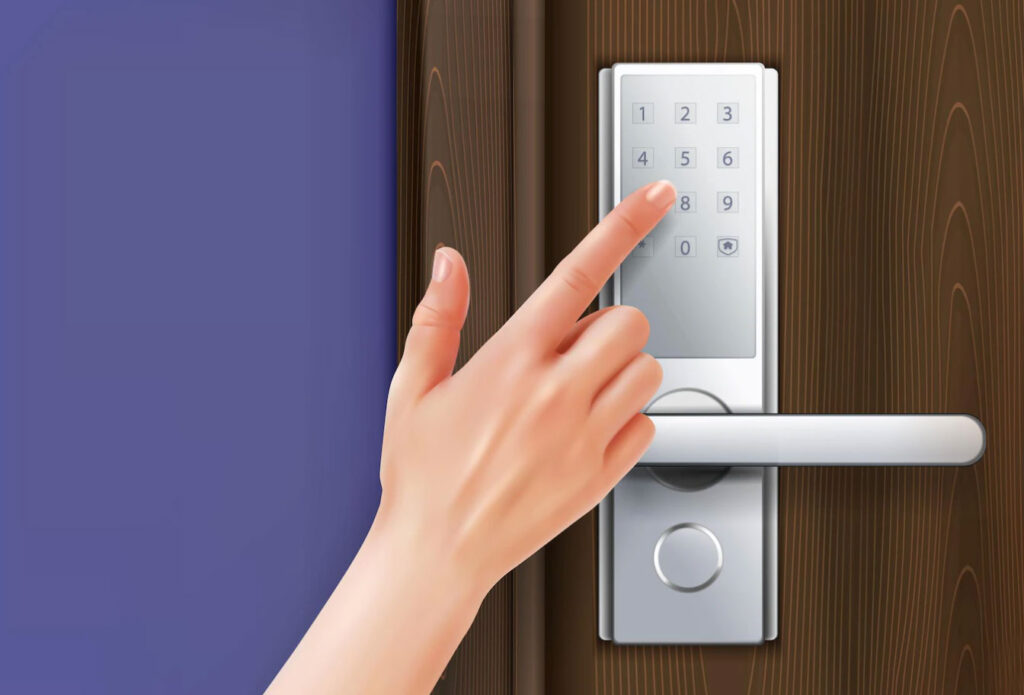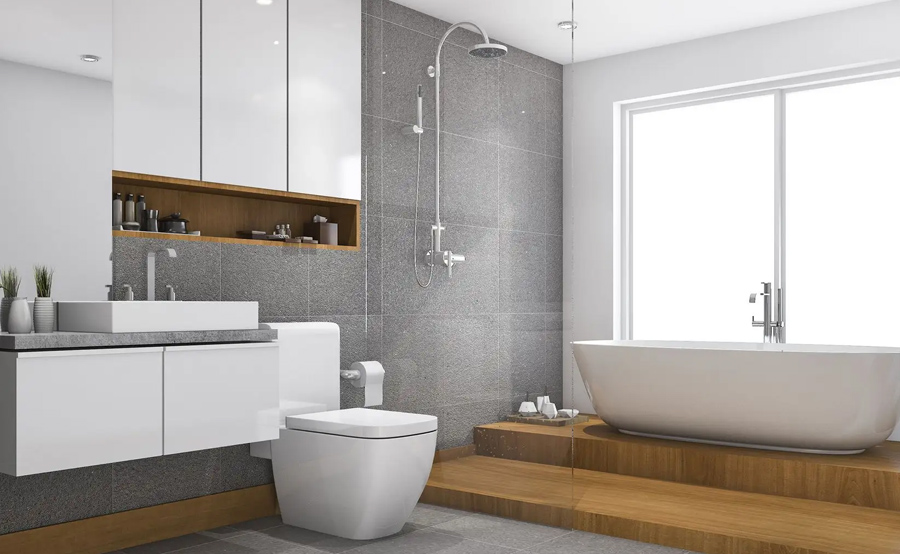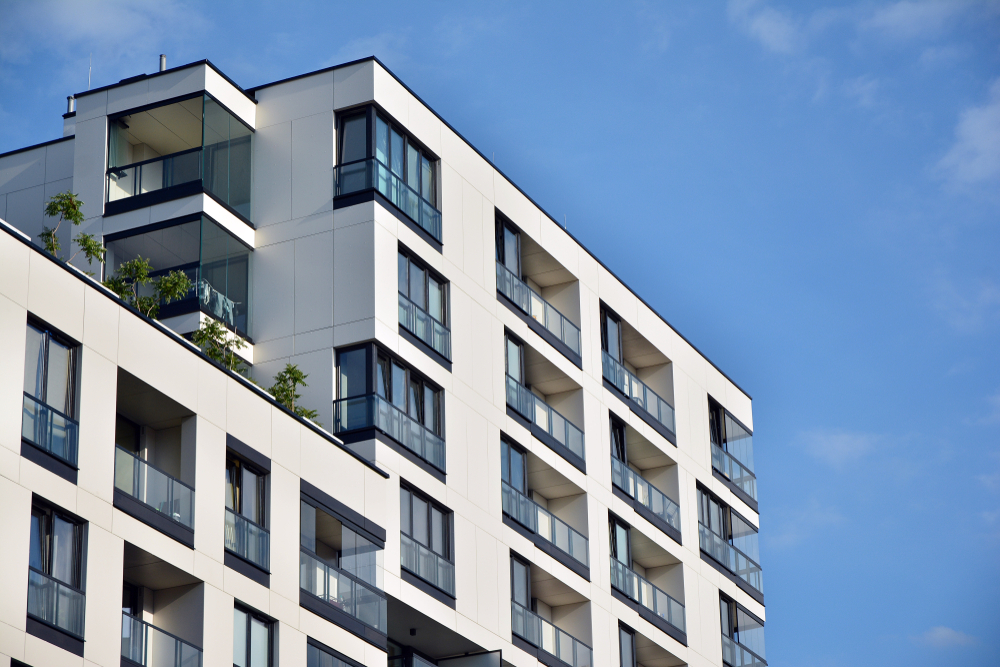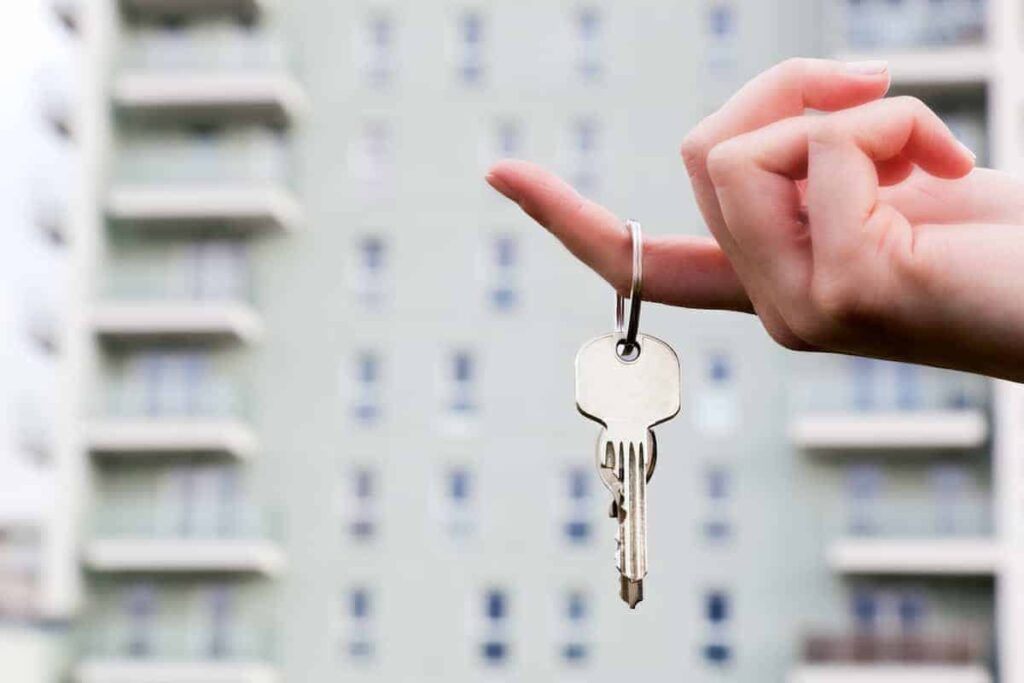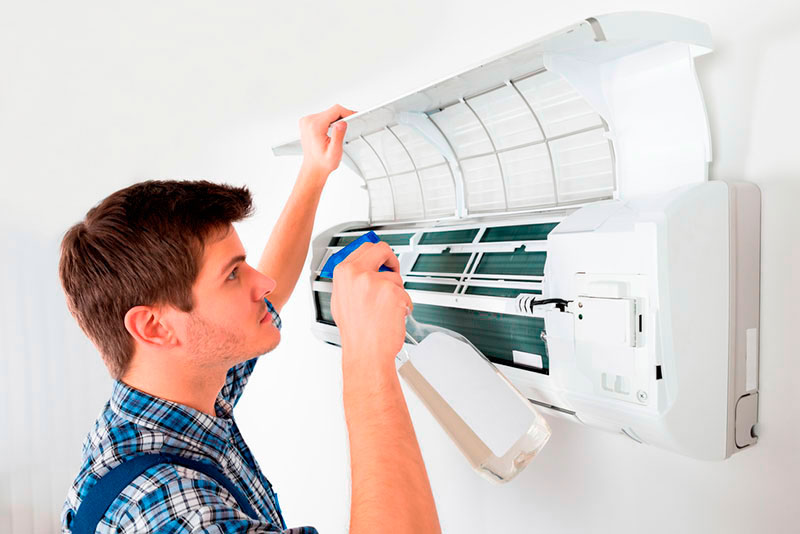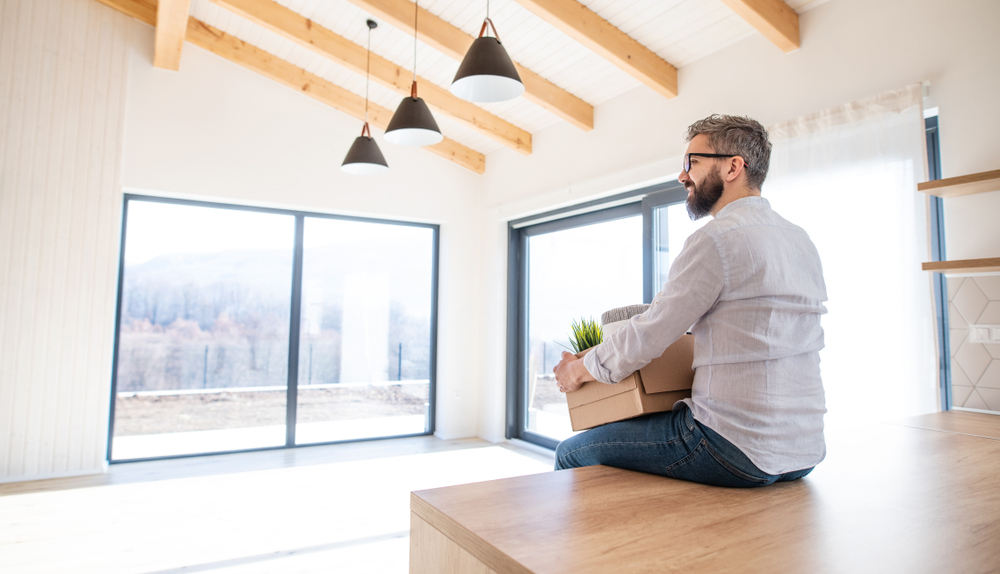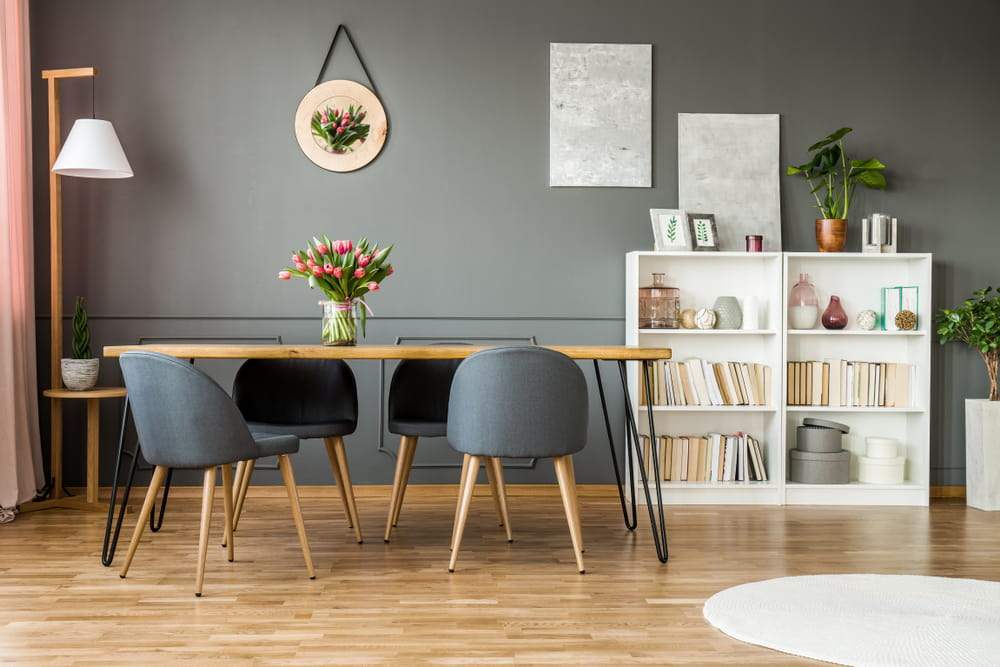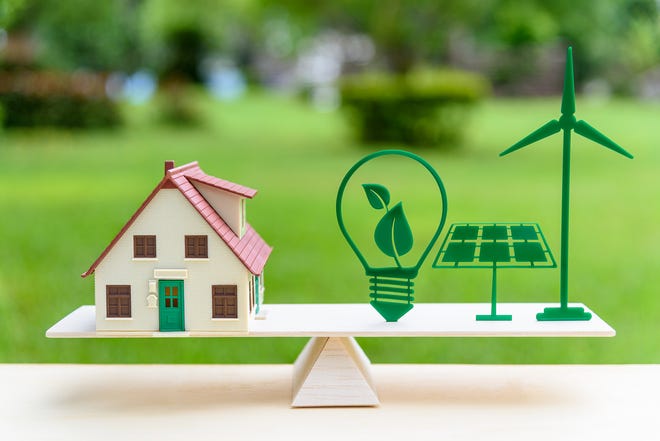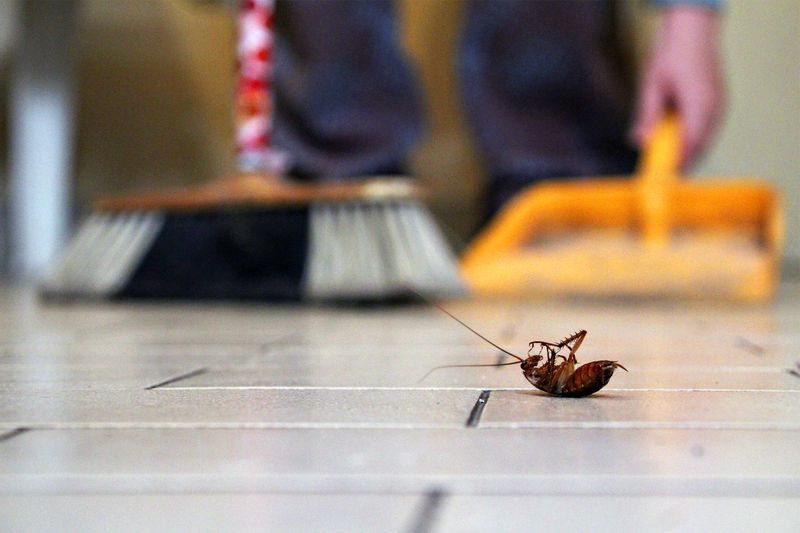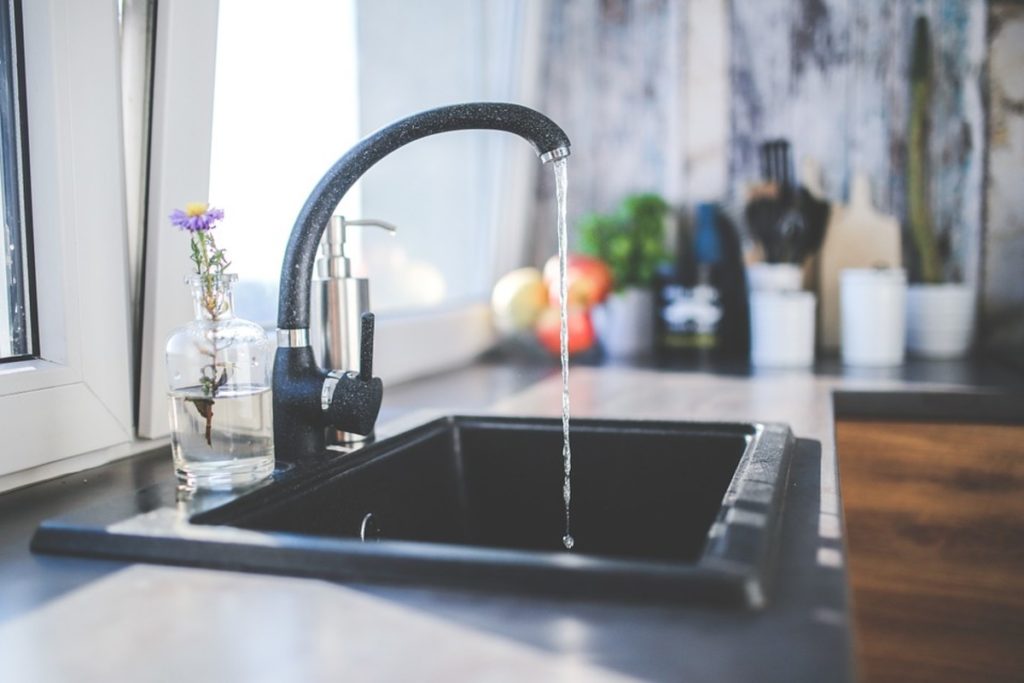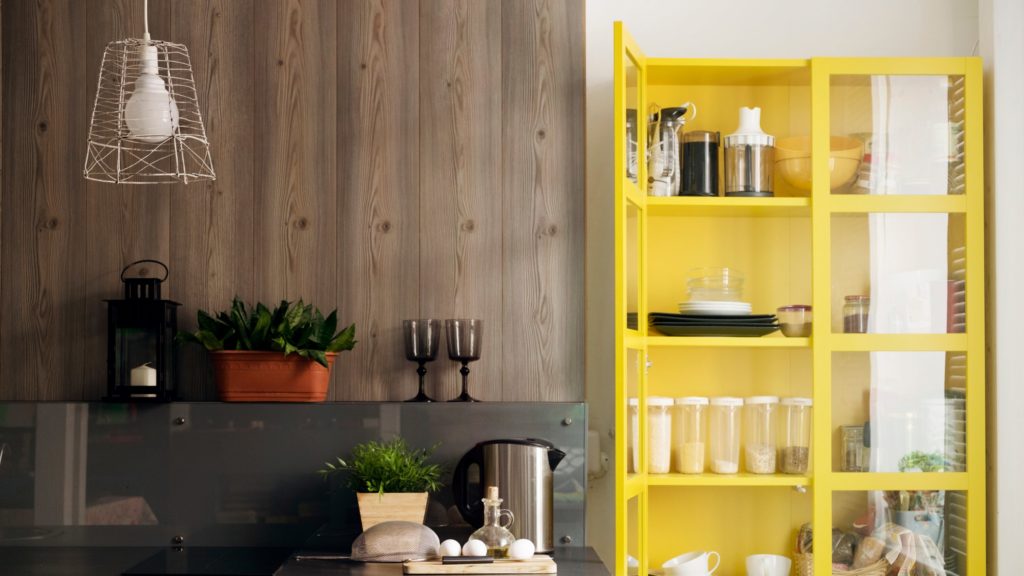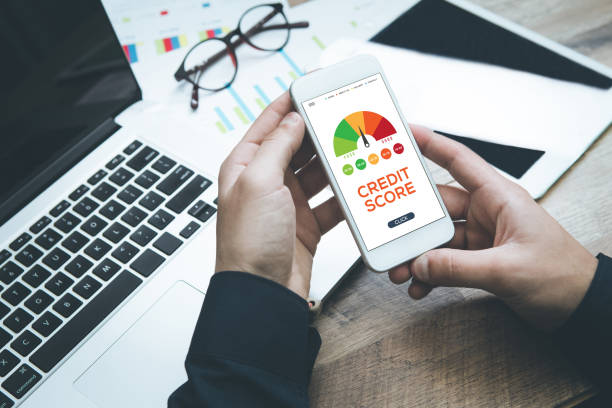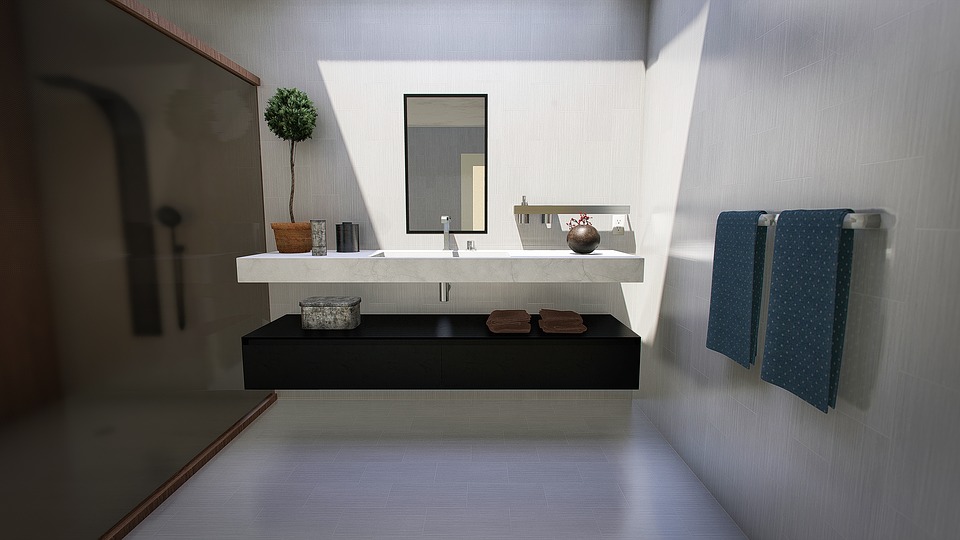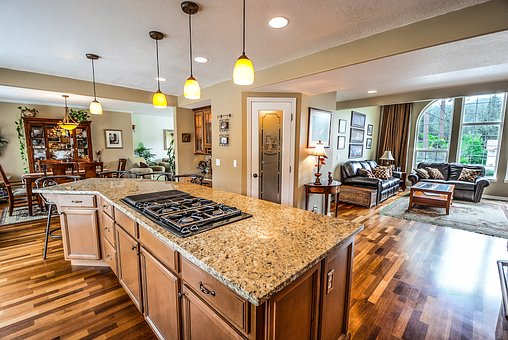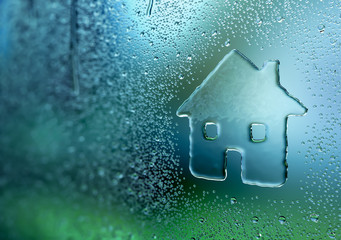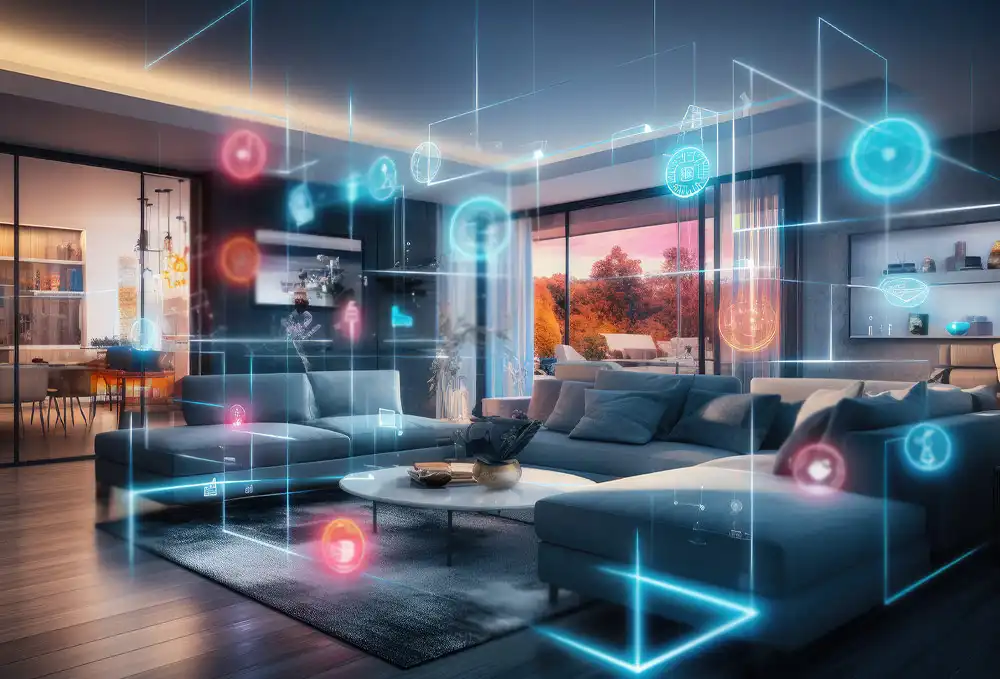
Stop energy bills from soaring!
When it comes to energy consumption, be both an eco-warrior and a money-saver.
If you are tired of the horrifying energy bills each month, fear not! We’ve got some hilarious energy-saving tips to keep the fear at bay.
Energy Audit for Your Home
Do an energy audit of your home before you start trying to save energy. Find places where energy is being lost, like windows that leak, old machines, or lighting that doesn’t work well. With this information, you’ll be better able to find and get rid of the energy-sucking things in your home.
Start Unplugging Now
We often forget that electronics continue to consume energy even when not in use. Unplug chargers, appliances, and electronics when they are not actively being used to eliminate “phantom” energy usage. Adopting this simple habit can lead to significant savings over time.
Energy-Saving Appliances
When shopping for new appliances, choose ones that have the Energy Star label. These products are made to use less energy, which will lower your power bill without affecting how well they work. Invest in freezers, washing machines, and air conditioners that use less energy to save the most money.
Allow in the Sunlight
Use light from the outside Use natural light as much as you can. Open your windows and blinds during the day to let the sun light up your rooms. Take advantage of the beauty and kindness of natural light and use less artificial lighting.
Power Strips Are So Amazing
Connect your electronics with power strips by grouping them together. Using power strips allows you to turn off many gadgets with a single switch, reducing the amount of energy used by devices that are just sitting idle. This clever strategy shines in home theatre and computer environments.
Weatherproofing
Close up any air leaks by sealing the cracks around your doors and windows. Home energy costs may be reduced by weatherproofing since better insulation means you need less heating and cooling.
Energy-Saving Advice for a Wide Range of Electronics
Refrigerator
Keep the fridge at 35-38°F (2-3°C) and the freezer at 0°F (-18°C) to keep food safe without using too much energy. Make sure the door seals are in good shape so that cold air doesn’t get out and warm air doesn’t get in. Don’t waste energy by putting hot food in the fridge before it has had a chance to cool down.
Washing Machine
Most loads of laundry should be done with cold water since most of the energy used by a washing machine goes towards heating water. Choose to wash full loads whenever you can, since washing several smaller loads at once uses more energy in the long run. Instead of using the machine, you might want to let your clothes dry in the air. The sun is a free and natural way to get energy to dry your clothes.
The dishwasher
To save the most water and energy, only run the dishwasher when it’s full. Use the “energy-saving” mode or the “eco-cycle” if you can. To save water, scrape dishes instead of washing them before putting them in the dishwasher. 4. Cooling system: Set your air conditioner to a comfortable setting (around 78°F or 25°C) to get the best of both worlds: comfort and saving energy. Close doors and windows when the air conditioner is on to keep the cool air from leaving. Consider using fans to move cool air around the room. This will allow you to turn the AC up higher.
Oven and Stove
Use the convection setting on the oven, which moves hot air around and cuts down on cooking time. Use pots and pans with lids to keep heat in and cook food faster. Instead of using the oven, choose smaller cooking tools like microwaves and toaster ovens for smaller meals.
The light
Change to LED or CFL lights instead of traditional incandescent lamps, which use a lot more energy and last much less long. Turn off the lights when you’re not using them, and use natural light during the day to save power.
Electronics and computers
Set your computer to sleep or hibernation when it’s not being used to save power. Chargers and gadgets should be unplugged when they are fully charged or not being used. Use power strips to turn off several devices with just one switch.
Hot water tank
Lower the setting on the water heater to 120°F (49°C) to save energy while keeping the water at a safe temperature. To keep heat from escaping, insulate the water heater and the lines that carry hot water.
Television
Turn on your TV’s “energy-saving” mode to make it less bright and use less power. Even if it’s on in the background, turn off the TV when no one is looking.
Microwaves
Use the microwave to warm food or cook something quickly. It uses less energy than an oven or stove. Don’t run the microwave when it’s empty because it loses energy and could hurt the machine.

